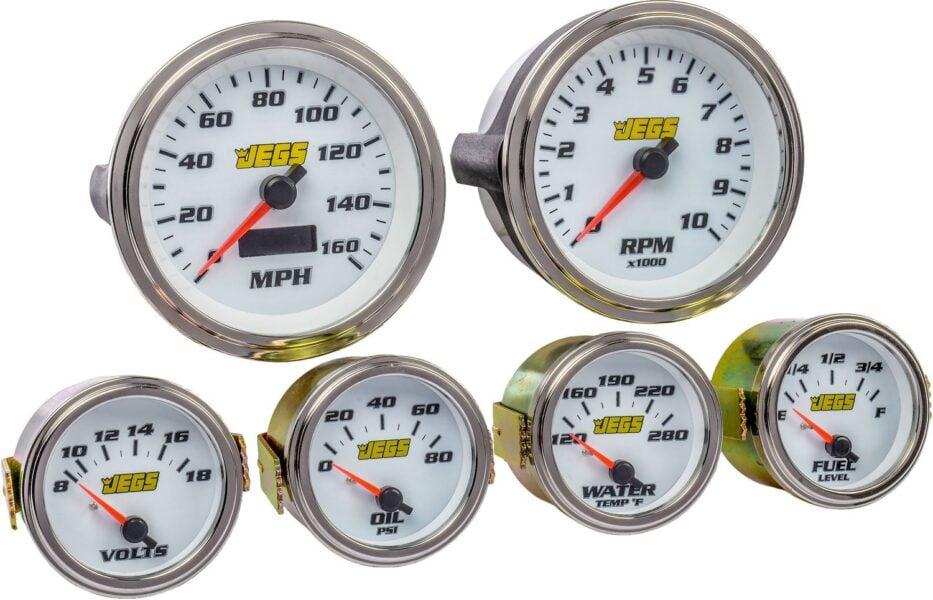Sign up now to join the JEGS email newsletter and be the first to learn about new products, special deals and e-mail only offers!


One of the most common questions we get here at Jegs is "Why do I need to change my valve springs if I am upgrading my camshaft?” Valve springs are one of the most critical components of an engine and also the most overlooked. Simply said, valve springs control an engine's mechanical RPM capability and must be properly matched to the camshaft.
If you purchase a camshaft that raises your engine's powerband from a maximum RPM of 5800 to 6500 and don’t change the valve springs, your engine's maximum powerband RPM is still 5800. Going over this rpm will most likely lead to "valve float", resulting in a "popping sound", as the valve springs are not strong enough to properly shut the valves quickly enough at the higher rpms. If the duration number of a camshaft goes up so does the RPM capability of the engine, so the spring pressure must be increased also. On the contrary, too strong of valve springs will cause enough pressure from the lifters against the camshaft to wear the cam lobes down. Camshaft manufacturers have recommended springs listed with their camshafts for proper compatibility.
Sign up now to join the JEGS email newsletter and be the first to learn about new products, special deals and e-mail only offers!

You will see some terms associated with valve springs such as O.D. and I.D., referring to the outside and inside diameter of the springs. In addition, there are single, double, and even triple springs options available, depending on the type of camshaft your engine will be using. Again, the higher the RPM the more spring pressure needed, so a single spring for lower RPM engines up to a triple spring for higher RPM engines is the typical valvetrain setup. Flat tappet cams use lower pressure valve springs while roller camshafts use higher pressure valve springs. This is due to the ramps and rollers on the bottom of the roller lifters that allow higher pressures without damage to the lobes, resulting in higher rpm use. If the valve spring diameter is larger than the cylinder head spring pocket, the cylinder head will need to be taken to a machine shop to enlargen the spring pockets.
Open / closed pressure as well as installed height are the most crucial terms to understand when it comes to valve springs.
Open pressure is the force the spring applies against the rocker arm when the valve is open, while closed pressure is the measurement of force the spring applies between the valve and cylinder head when the valve is closed. Pressure can be confirmed with a valve spring pressure tester.
Installed height is the distance between the bottom and top of the valve spring when it is assembled. The height can be shortened by adding valve spring shims. If there is not enough height, the cylinder head pocket needs machined down. Valve spring height is accurately checked with a valve spring micrometer, which is first used to confirm the valve is fully seated at the correct height and shims added if the distance is too high. The micrometer is then removed and the spring inserted to complete installation. .



For example, the cam card included with a purchased camshaft states that the springs must be installed with a valve spring rated at a closed pressure of 115lbs at 1.900" installed height. The distance between the bottom of the valve spring retainer to the pocket in the cylinder head must be 1.900”. Valve springs will have the specifications for closed and open pressure, along with installed height and other data.
As you can see, to get the full potential of a new camshaft, matching valve springs are needed. Properly matching and installing your engine's valvetrain will result in long service life as well as maximized performance and power.





Leave a Reply